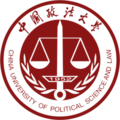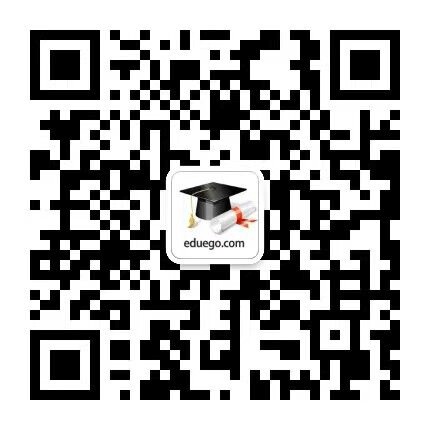2009年考博英语——考博英语阅读理解(二)
来源:在职研究生招生信息网 发布时间:2011-10-25 16:31:02
Passage 3
In science, a theory is a reasonable explanation of observed events that are related. A the-ory often involves an imaginary model that helps scientists picture the way an observed event could be produced. A good example of this is found in the kinetic molecular theory, in which gases are pictured as being made up of many small particles that are in constant motion.
A useful theory, in addition to explaining past observations, helps to predict events that have not as yet been observed. After a theory has been publicized, scientists design experi-merits to test the theory. If observations confirm the scientists' predictions, the theory is sup-ported. If observations do not confirm the predictions, the scientists must search further. There may be a fault in the experiment, or the theory may have to be revised or rejected.
Science involves imagination and creative thinking as well as collecting information and performing experiments. Facts by themselves are not science. As the mathematician Jules Henri Poincare said: "Science is built with facts just as a house is built with bricks, but a collection of facts cannot be called science any more than a pile of bricks can be called a house."
Most scientists start an investigation by finding out what other scientists have learned about a particular problem. After known facts have been gathered, the scientist comes to the part of the investigation that requires considerable imagination. Possible solutions to the problem are
formulated. These possible solutions are called hypotheses.
In a way, any hypothesis is a leap into the unknown. It extends the scientist's thinking beyond the known facts. The scientist plans experiments, performs calculations, and makes ob-servations to test hypotheses. For without hypotheses, further investigation lacks purpose and direction. When hypotheses are confirmed, they are incorporated into theories.
11. The word "this" in the 3rd sentence in paragraph 1 refers to ______.
A) a good example
B) an imaginary model
C) the kinetic molecular theory
D) an observed event
12. Bricks are mentioned in the 3rd paragraph to indicate how ____.
A) mathematicians approach science
B) building a house is like performing experiments
C) science is more than a collection of facts
D) scientific experiments have led to improved technology
13. In the last paragraph, the author refers to a hypothesis as "a leap into the unknown" in or- der to show that hypotheses ______.
A) are sometimes ill-conceived
B) can lead to dangerous results
C) go beyond available facts
D) require effort to formulate
14. What is a major function of hypotheses as implied in the last paragraph7
A) Sifting through known facts.
B) Communicating a scientist's thoughts to others.
C) Providing direction for scientific research.
D) Linking together different theories.
15. Which of the following statements is supported by the passage?
A) Theories are simply imaginary models of past events.
B) It is better to revise a hypothesis than to reject it.
C) A scientist's most difficult task is testing hypotheses.
D) A good scientist needs to be creative.
16. The passage is organized by ___
A) listing and discussing several educational problems
B) contrasting the meanings of two related concepts
C) narrating a story about excellent teachers
D) giving examples of different kinds of schools
下一篇: 2009年考博英语——考博英语阅读(四)






















